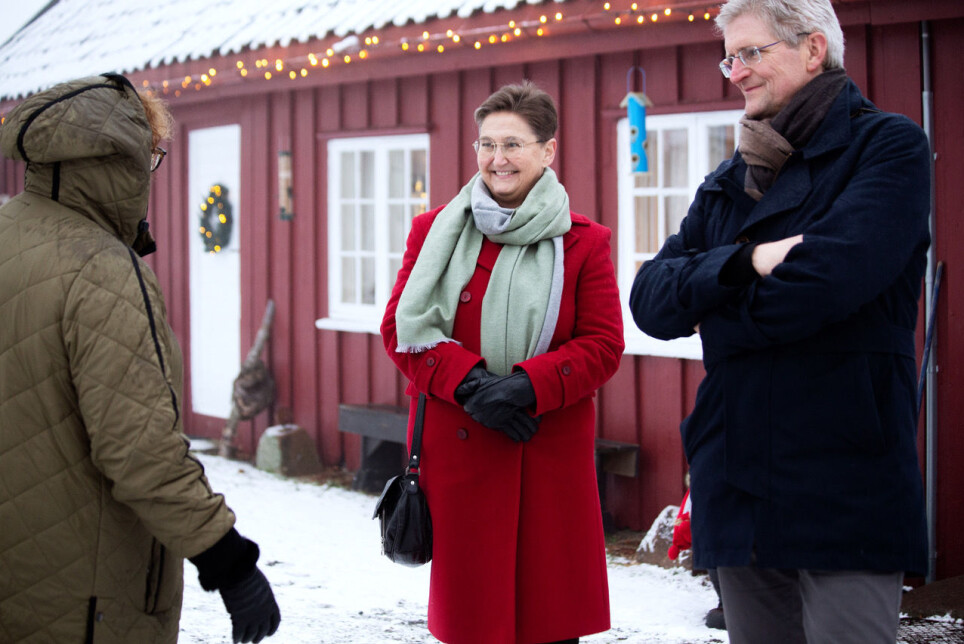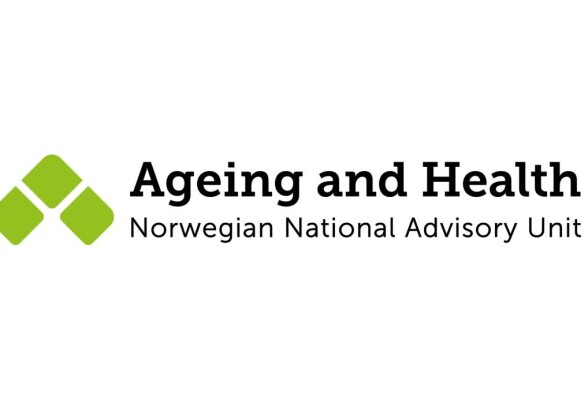THIS ARTICLE/PRESS RELEASE IS PRODUCED AND FINANCED BY THE Norwegian National Advisory Unit on Ageing and Health - READ MORE

There are 29 percent more Norwegians with dementia than earlier thought
“And it will increase more than we believed until now,” says Professor Geir Selbæk.
“Currently there are 101,118 Norwegians suffering from dementia, 29 percent more than previously estimated,” says Geir Selbæk, research director at the Norwegian National Advisory Unit on Ageing and Health and a University of Oslo professor.
A new study was presented to the Minister of Health and Care Services, Bent Høie and Minister of Agriculture and Food, Olaug Bollestad during the annual Dementia Awareness Days in December.
In parallel, an interactive map of Norway was launched, based on the study and providing the number of persons diagnosed with dementia in each of Norway’s municipalities. It also predicts how their numbers will rise in the future.
“We are presenting for the first time a valuable tool that gives planners and politicians a solid foundation for smart decision-making. No one can excuse themselves in 2050, when the numbers with dementia have more than doubled, claiming ‘we didn’t know’,” asserts Selbæk.

Until today that pretence could have passed, as no one really knew how many dementia cases Norway has. The prognoses were previously based on numbers from studies in other countries and ranged from 70,000 to 104,000 persons.
An investigation by the fact-checkers organisation faktisk.no in 2018 concluded that the actual figure was closer to the upper estimate, but the quantity was uncertain and because “good data [about dementia numbers] from Norway is lacking and to date no solid studies have been made on the prevalence on the population level.”
Over 10,000 over the age of 70 examined
The study was based on the Trøndelag Health Study (HUNT4). All residents of Nord-Trøndelag County over the age of 13 were asked to participate in this renowned study, and upwards of 10,000 in the age group 70+ were examined.
“It is one of the largest studies in the world of its kind, and on the basis of data from the sub-study HUNT 70+ we have achieved a number that is as accurate as we can get,” explains Selbæk.
“The HUNT study was based on questionnaires and clinical examination. People met up at designated stations or were visited by us and given both physical and cognitive tests,” Selbæk says.
“Data from the examinations as well as results from interviews with a family proxy were sent to the country’s leading clinicians in this medical field and they diagnosed the participants. The experts worked in pairs and a third colleague was asked to help out in cases when they didn’t concur on a diagnosis. Eventually, they reached a consensus on all the diagnoses. The findings from Nord-Trøndelag were then extrapolated for the entire Norwegian population, with help from the Norwegian Institute of Public Health.”
Dementia map for planning of health and care services
In addition to quantifying the dementia population in Norway, the Norwegian National Advisory Unit on Ageing and Health has launched a ‘dementia map’ to also indicate the prevalence of cases on the county and municipal levels.
The numbers here have been crunched together with population projection figures provided by Statistics Norway.
Selbæk thinks that with the help of the map Norway still has about ten years with room to manoeuvre before the ageing population entails an increase in dementia patients posing multiple challenges for the country’s health and care services.
“As seen on the map, the share of persons over age 90 with dementia – the group with the largest health and care needs – will increase by a whopping 700 percent by 2050. This means we not only have to ratchet up the resources and care models we have today, but also have to really reconsider the ways we could provide good services for dementia patients in the future,” states Selbæk.
Most uncertainty in smallest municipalities
“This is vital in small rural municipalities, as they tend to have high displacement rates [with younger people migrating into urban areas] and high mean ages. We can expect challenges covering the care needs of the future.”
Selbæk points out that such outlying municipalities also have the widest margins of error in the calculations.
“The smaller the municipality, the greater the uncertainty. The figures are uncertain for the least populated municipalities, which proportionately also have the highest instances of dementia,” says Geir Selbæk.
He thinks the dementia map will be of interest to others than just public services planners and politicians:
“After all, this is something that impacts many families, so we can expect a degree of curiosity from the general public. I think the map can also serve as something health sector employees and others concerned and engaged in the matter can rely on in their contacts with local politicians,” he says.
At demenskartet.no you can find the number of persons with dementia in any given municipality today, as well as in 5, 10, 20, and 30 years. You can also get additional information about how the calculations were made.
Reference:
Linda GjØra et.al.: Current and future prevalence estimates of mild cognitive impairment, dementia, and its subtypes in a population-based sample of people 70 years and older in Norway: The HUNT Study, Journal of Alzheimer’s Desease, 2020. Doi: 10.3233/JAD-201275.
———
Read the Norwegian version of this article at forskning.no

This article is produced and financed by the Norwegian National Advisory Unit on Ageing and Health
The Norwegian National Advisory Unit on Ageing and Health is one of 77 owners of ScienceNorway.no. Its communication staff provide content to forskning.no. We label this content clearly to distinguish institutional outreach from independent editorial content. Read more about this arrangement.







